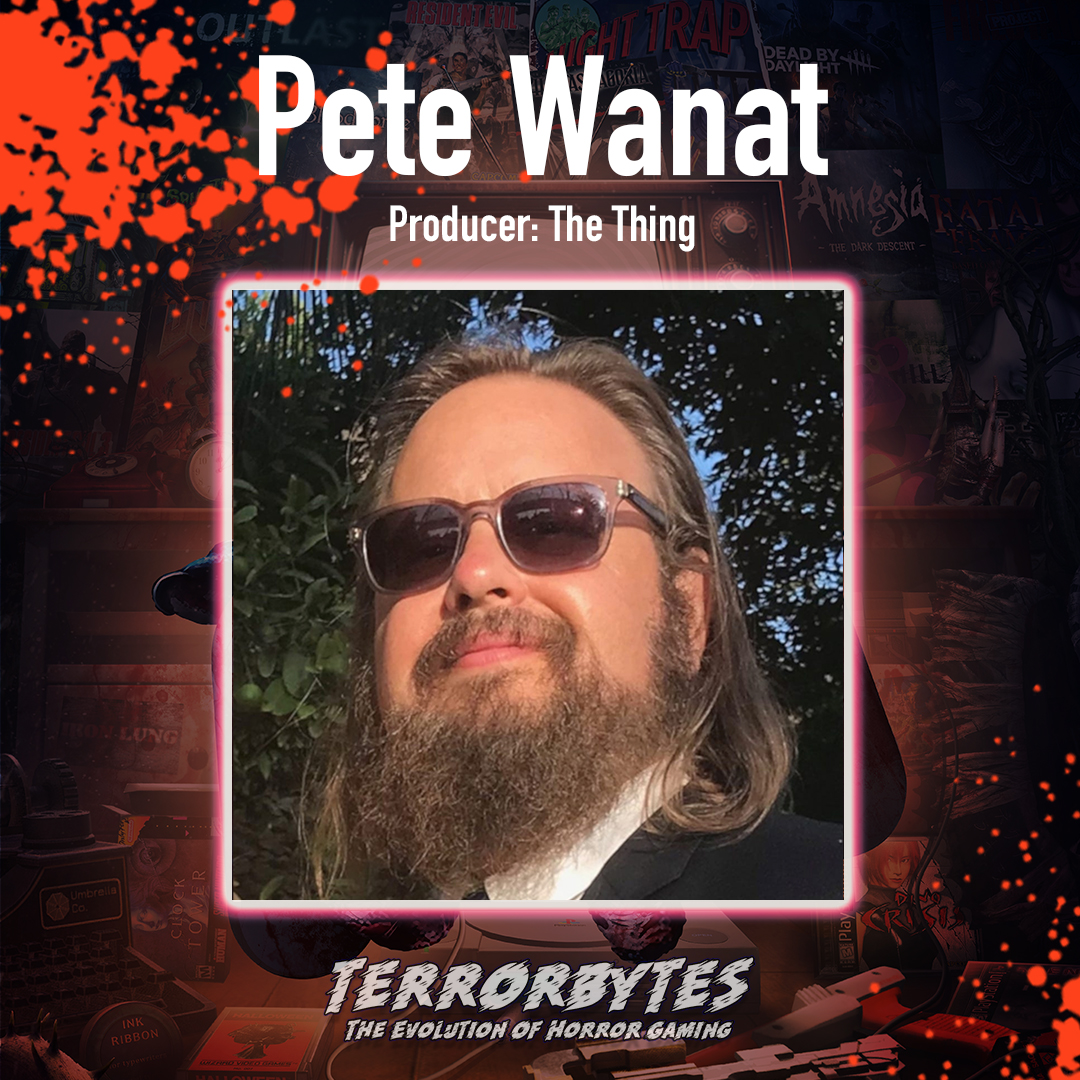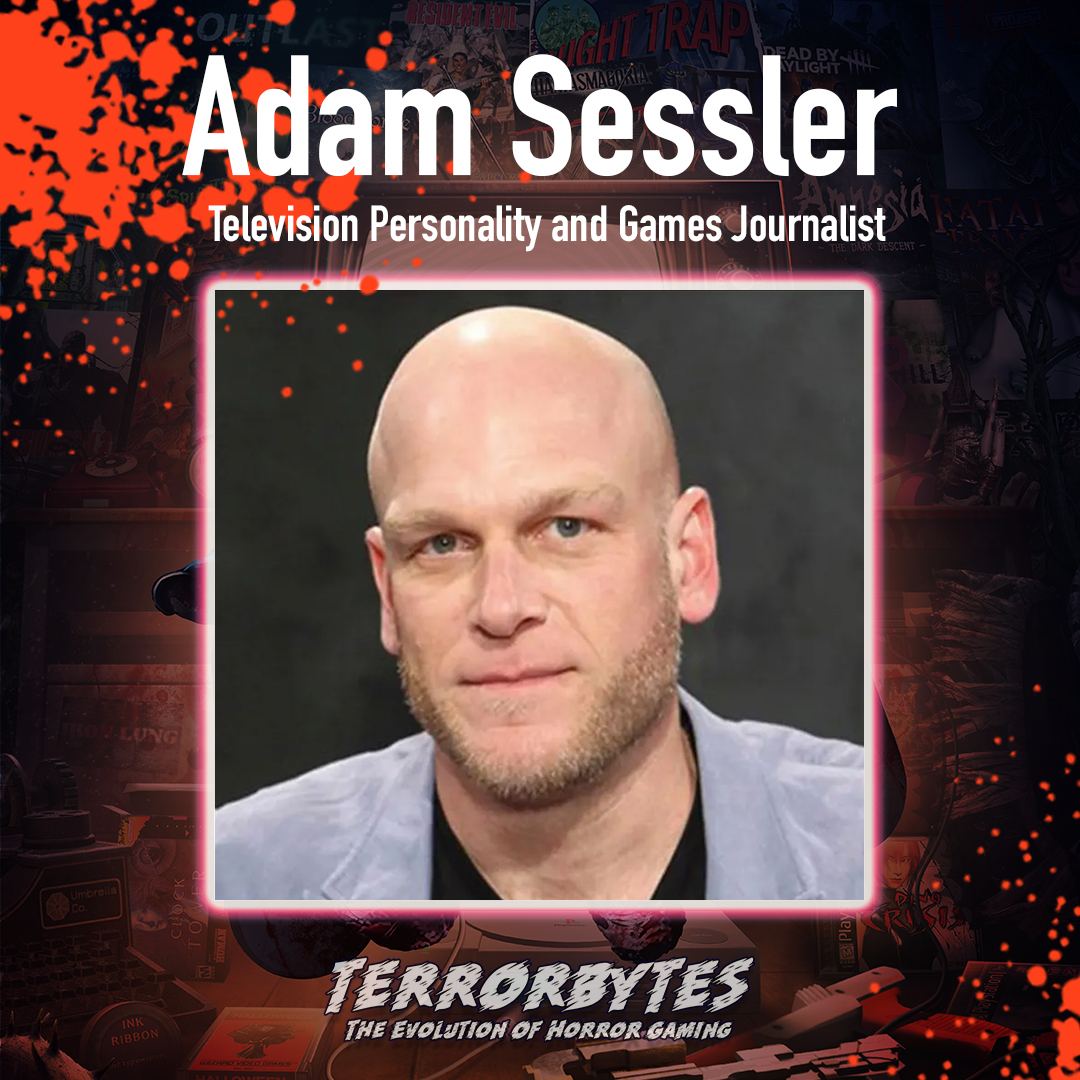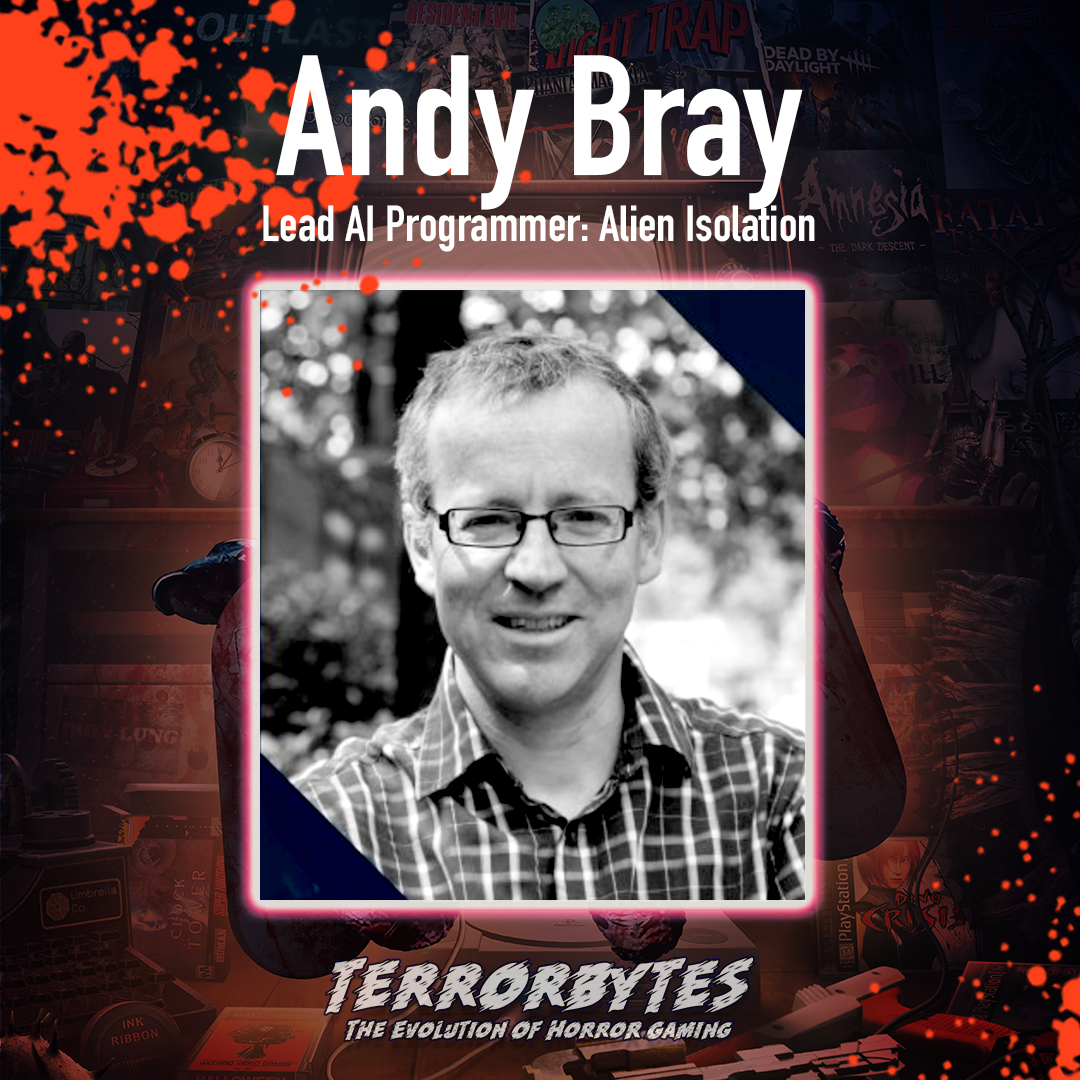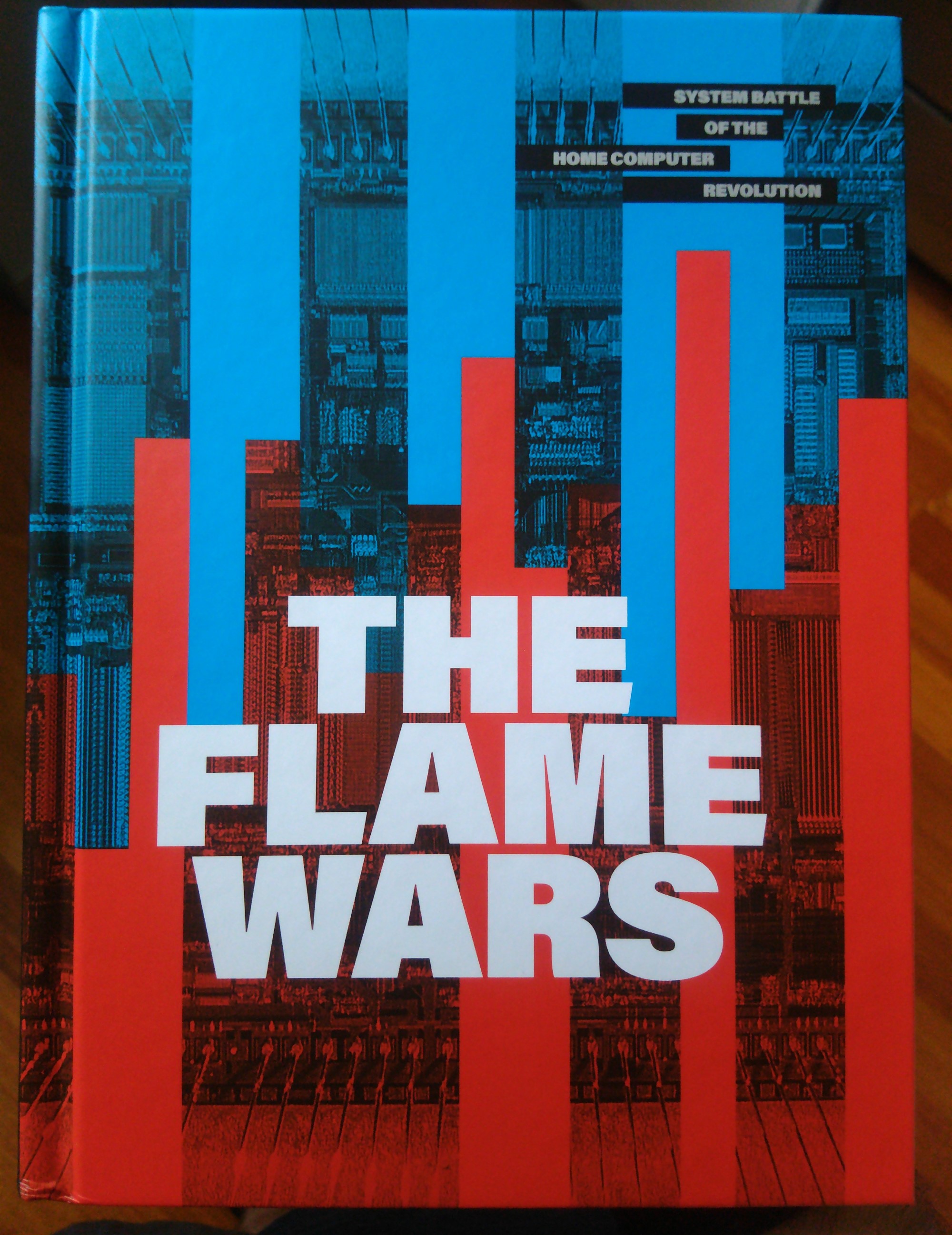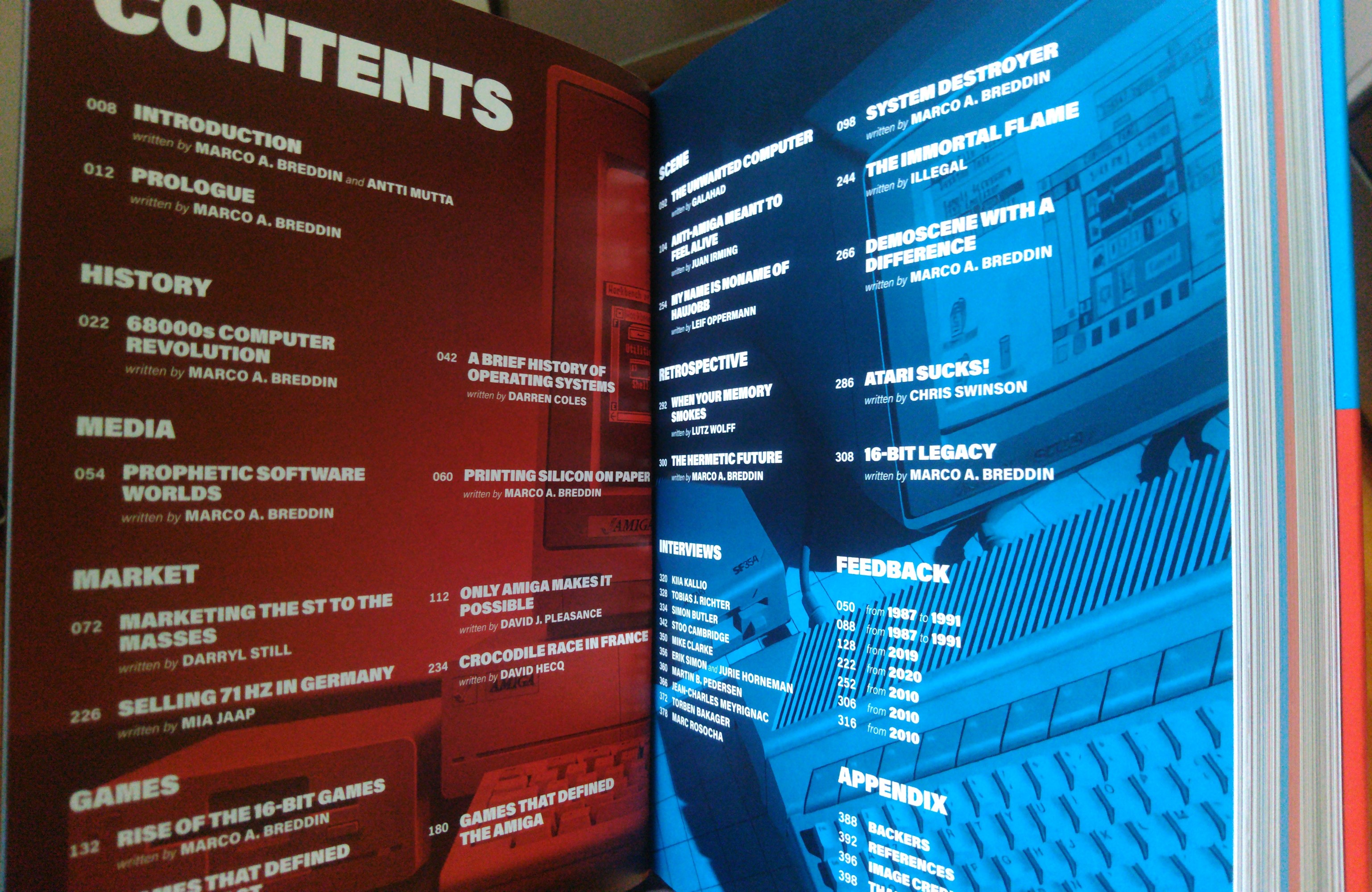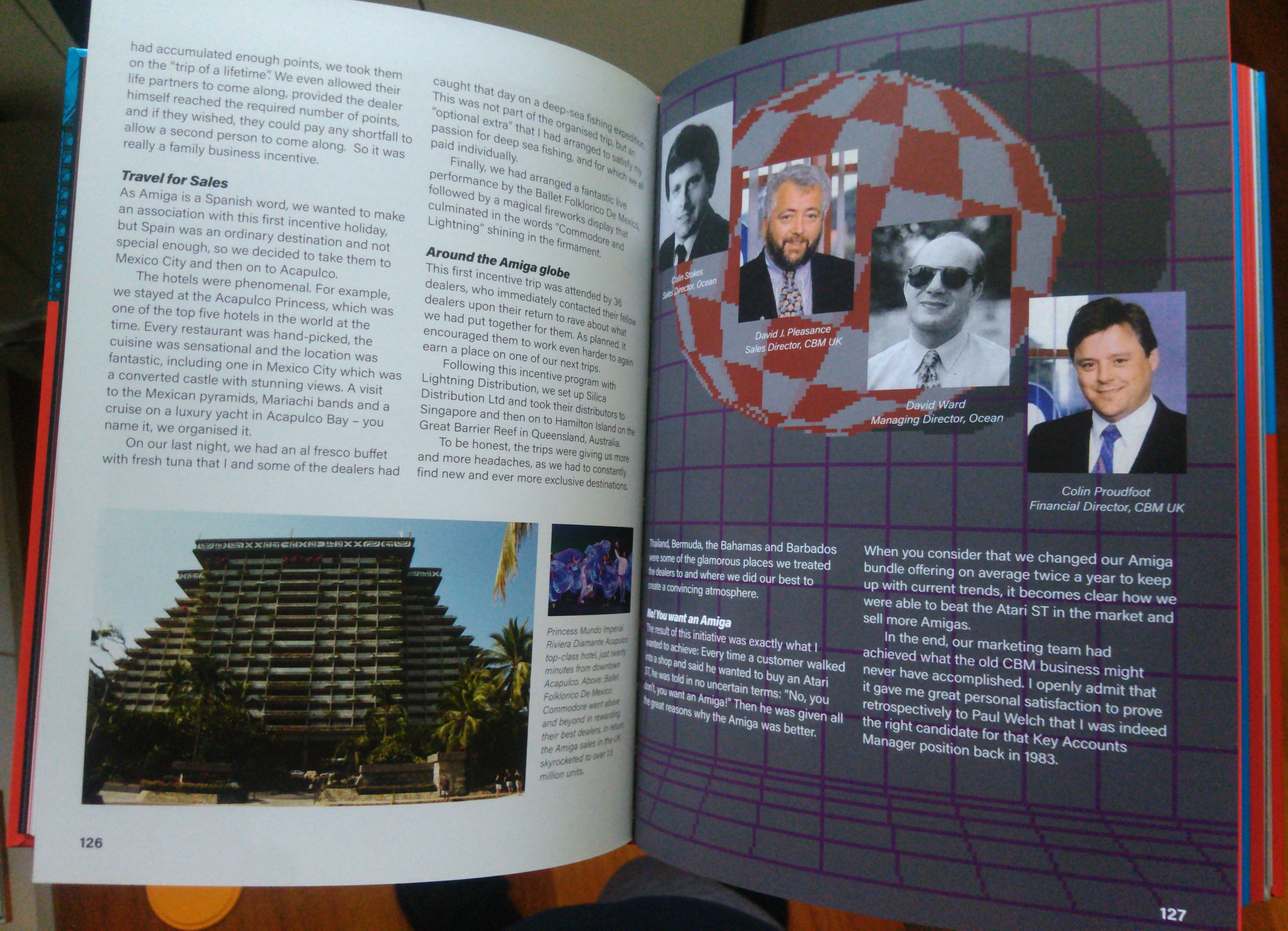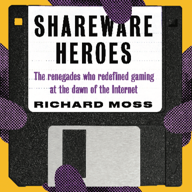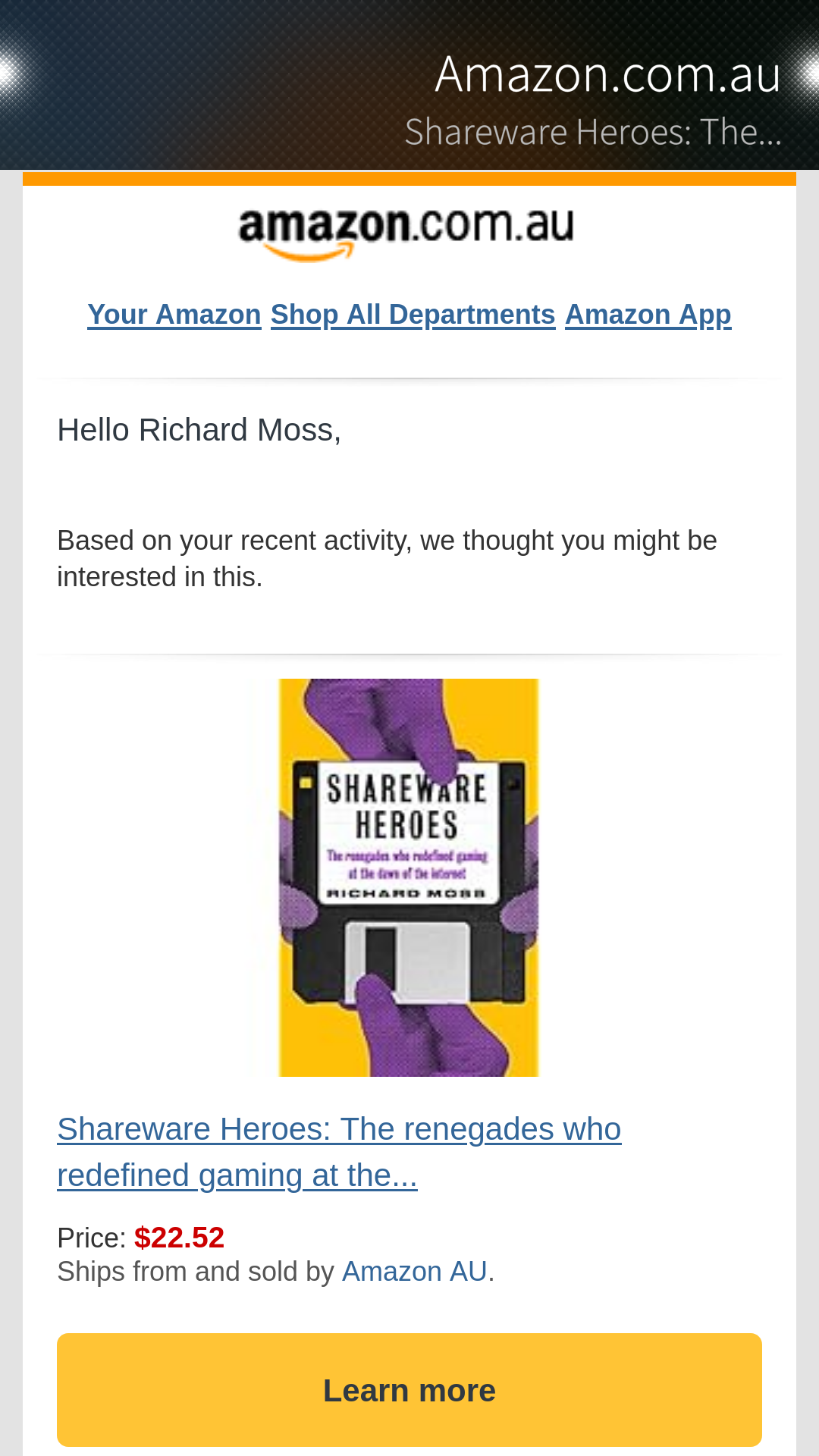twenty years ago steam made digital distribution for games ubiquitous. lost in the desire for convenience was a heterogeneous world of physical packaging.
even when we've documented physical packaging, the vast majority of archival has been devoted to big box games with the most impressive browsies and feelies.
almost totally neglected by archivists has been shareware packaging. these were the diskettes sold in little wire racks at grocery stores and pharmacy checkouts, usually for a few dollars.
a few years ago, someone local sold me their collection of shareware diskettes that he bought and played throughout the 80s and 90s.
at the time, shareware distributors all sold the same games published by companies like Apogee, Epic MegaGames, Sensible, etc.
i was struck by how unusual and unique the cover art and packaging was for each shareware distributor. some were in blister packs, others came in cheap paper sleeves, some just were raw diskettes with labels. some had screenshots, many did not.
here are a handful of disks that we loved by their previous owner. i'd like, at some point, to create a shareware packaging/art archive.

https://mitpress.mit.edu/9780262547482/building-simcity
I had a hand in getting the book done as an editor for Chaim, my role being to help to turn a promising — but meandering and unfocused — manuscript (with something like 40k words of footnotes!) into a well-polished and highly-thought-out probe into the many underlying facets of culture and practice that Will Wright drew upon, both knowingly and unknowingly, in the creation of SimCity.
I've been laid off and need a new job. Maybe game journalism, maybe something else in games, maybe not games at all. Entertaining all possibilities at this point, so please reach out if you think I might be a good fit for you.
So, my #embroidery project about The Sentinel video game is finally completed!
If you wanna know more about it and discover the 14 artworks, follow the link:
https://www.marine.st/en/pages/sentinel

"McKinsey is to the middle class what flesh-eating bacteria is to healthy tissue." - Ed Zitron
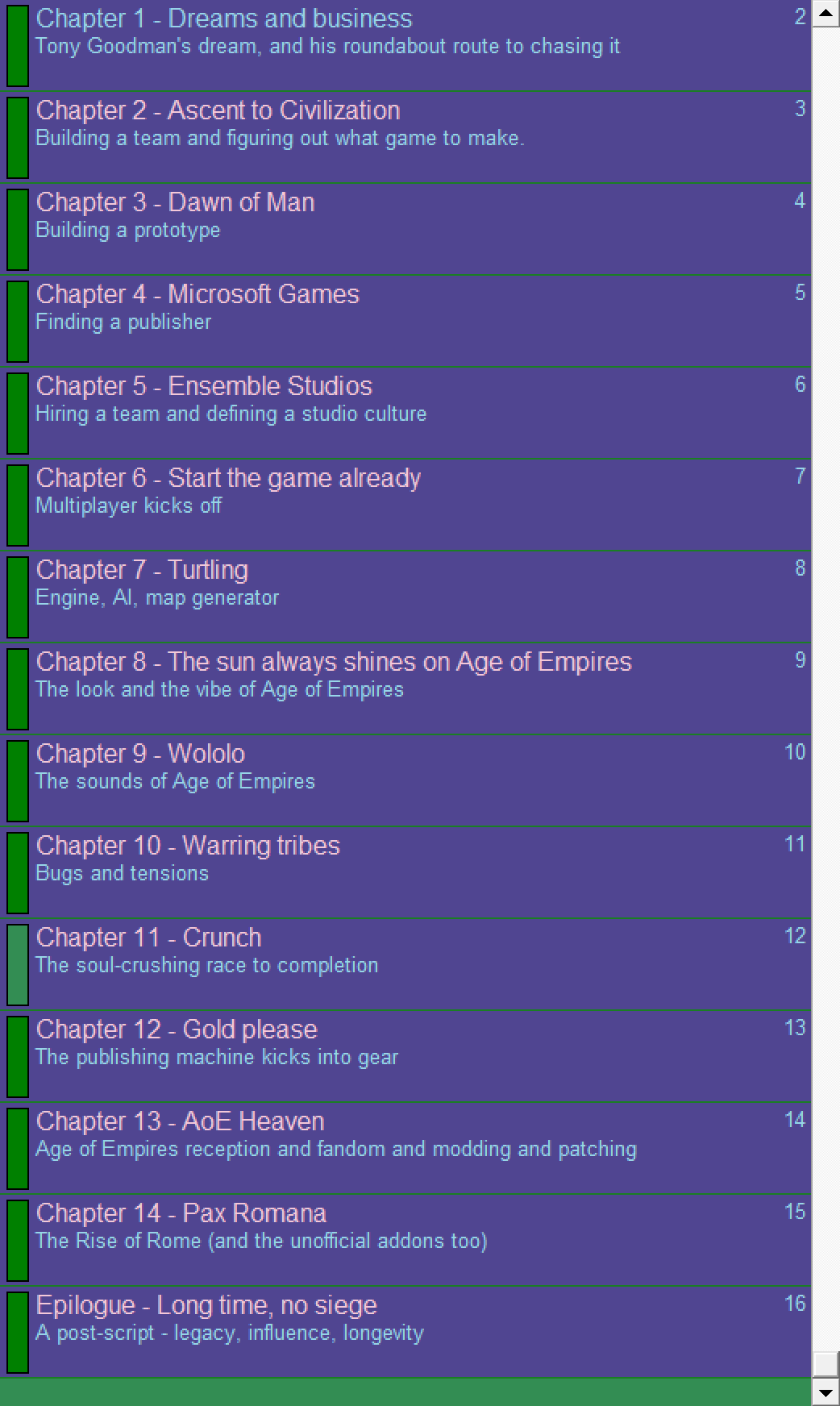
After four and a half months and almost 34,000 stitches, I’ve finished my cross-stitch 1-bit version of Hokusai’s Great Wave. It’s big, 25”x 17” (pen in the first photo for scale). Thanks to @hypertalking for letting me use his wonderful original 1-bit art. #NerdStitch
![Screenshot of a portion of an interview transcript. Full text: [01:49:26] Mark Terrano I had some health damage to the point where my doctor said 'No game's worth dying over, Mark.' We were eating Boston Market and pizza and kind of not a great diet every night, working really long hours. We didn't know it at the time, but when we moved into the top suite of the building, the fans had actually been wired backwards. So the office was a lot of times 100 degrees. And I went out and bought a thermometer and said, if it goes over 101 I'm going home, I don't care. Screenshot of a portion of an interview transcript. Full text: [01:49:26] Mark Terrano I had some health damage to the point where my doctor said 'No game's worth dying over, Mark.' We were eating Boston Market and pizza and kind of not a great diet every night, working really long hours. We didn't know it at the time, but when we moved into the top suite of the building, the fans had actually been wired backwards. So the office was a lot of times 100 degrees. And I went out and bought a thermometer and said, if it goes over 101 I'm going home, I don't care.](https://social.mossrc.me/media/d6b884c3e810088b8c7d9bf59b6a4289c4abc6ccadf816557b9aa7eb57d9976e.blob)
It got bigger before it got smaller, too. (The turning points that would focus their attention on a leaner experience were first getting a prototype working and then discovering Warcraft II multiplayer in late 1995.)
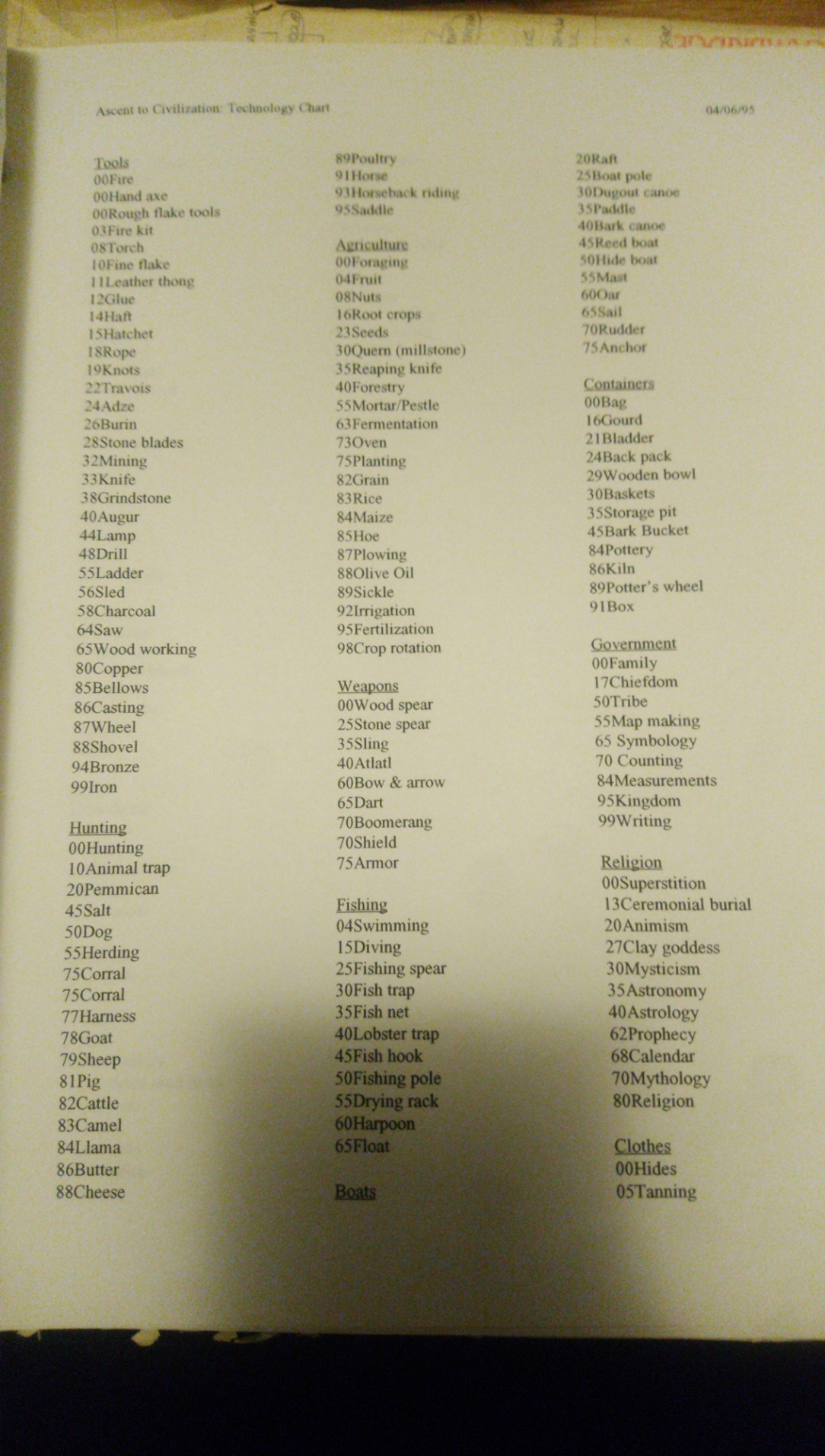
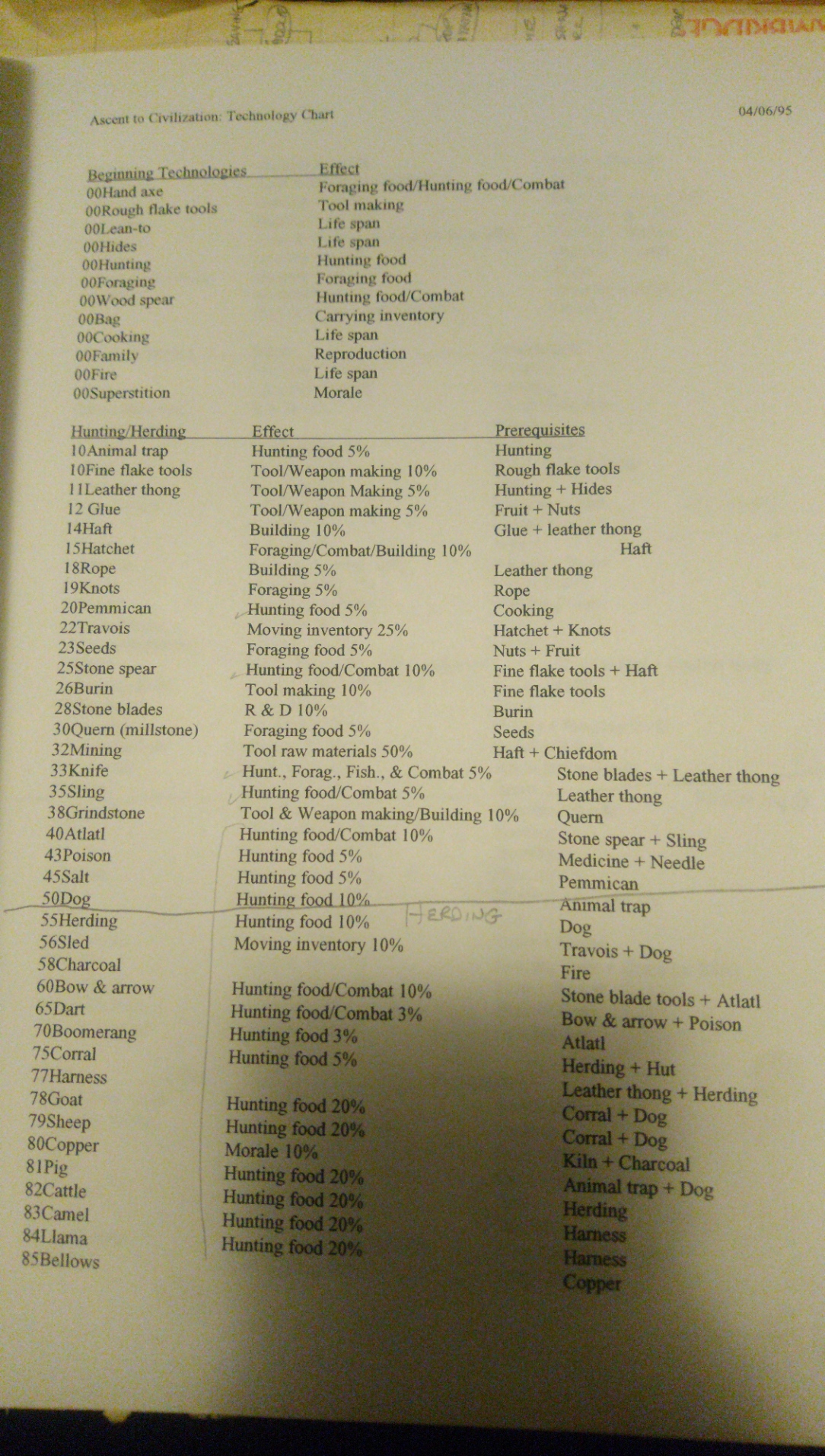
More info at https://bit.ly/3TuNGZf
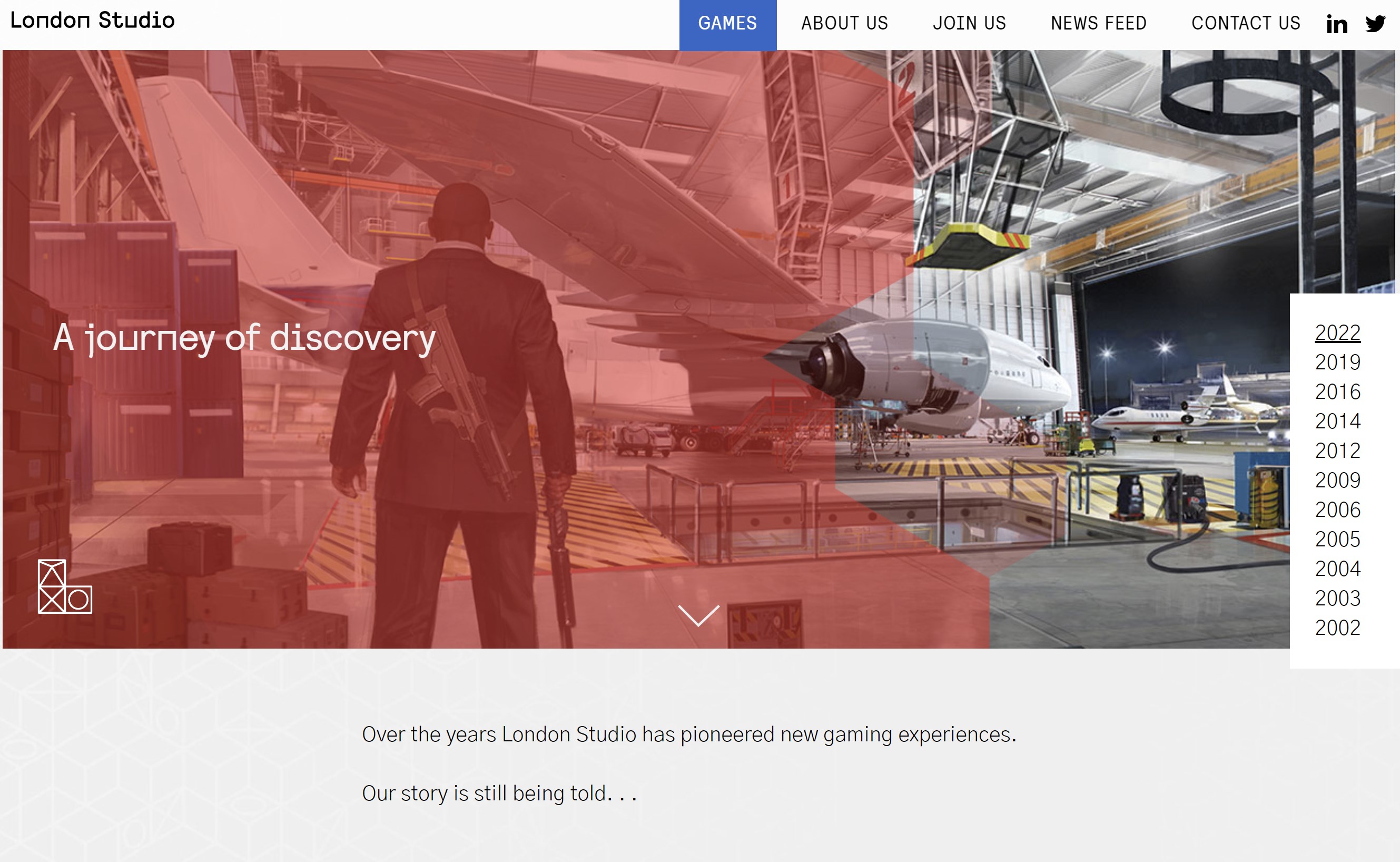
a publisher-side producer on loads of licensed horror games).
If you'd like to support the project or learn more about our plans for the series, you can do so at https://terrorbytesdoc.com
